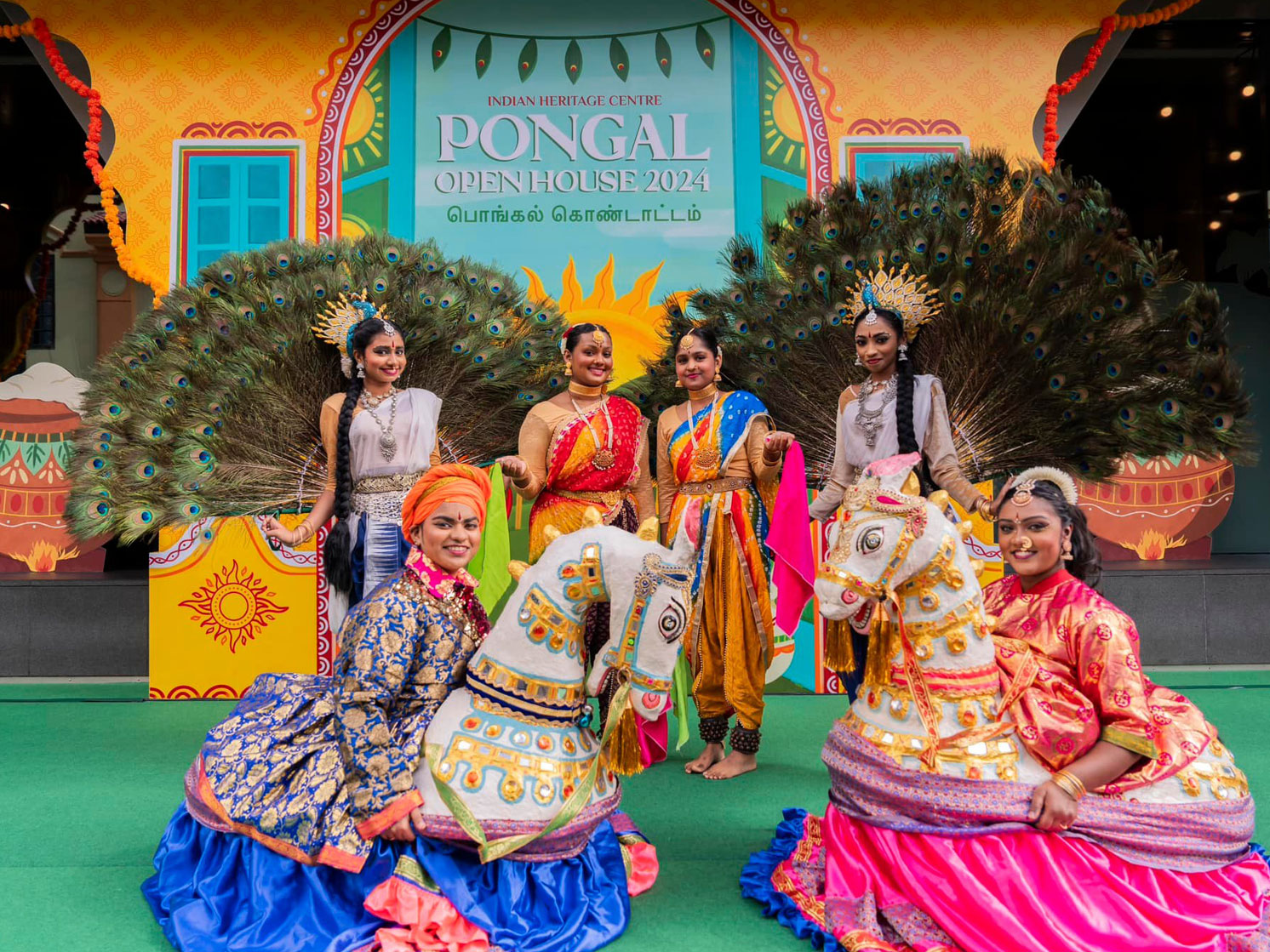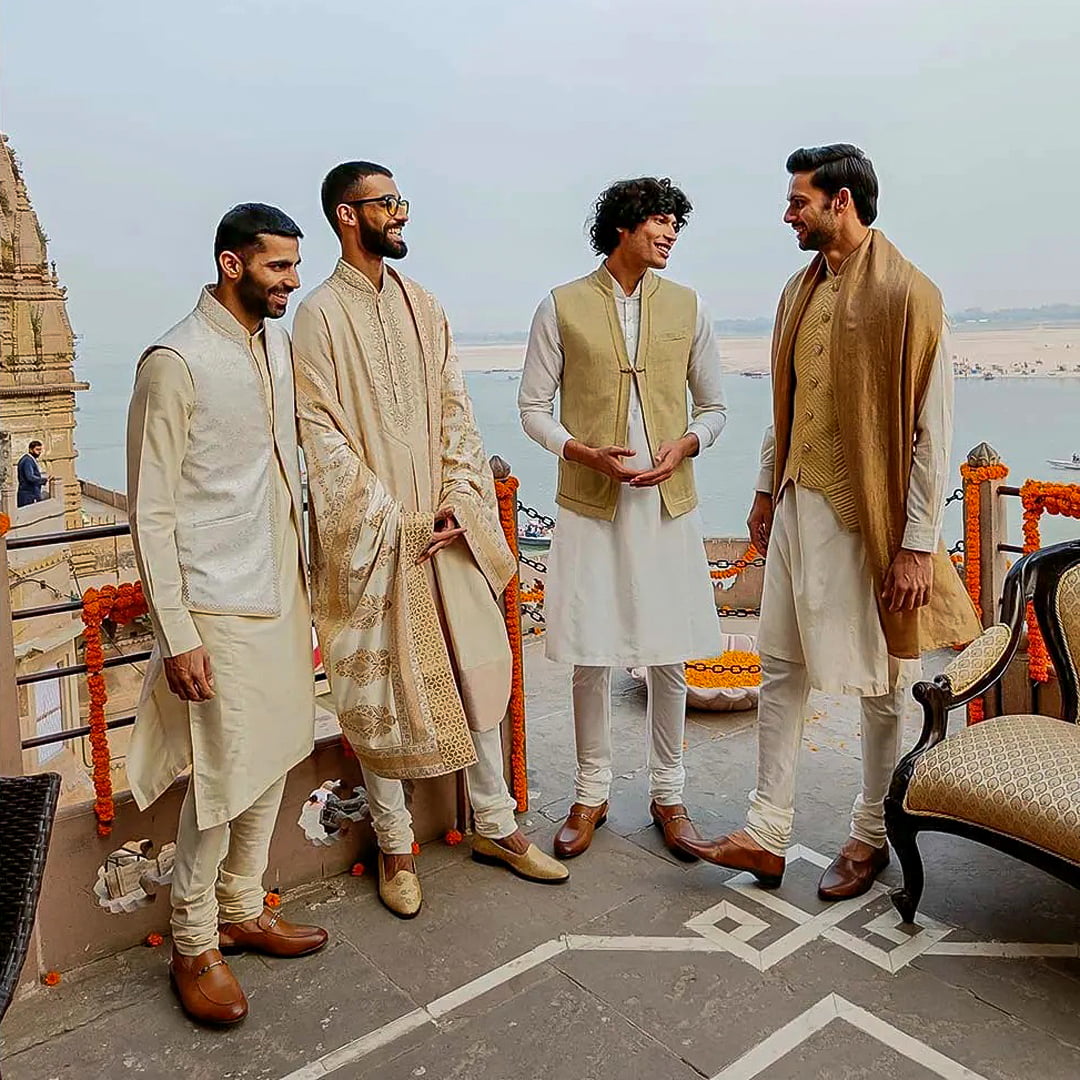Cultural Immersion in India is not merely an act of tourism; it transcends into a profound journey of understanding the rich and diverse cultural identity of this fascinating country. From the vibrant atmosphere of the Pushkar Festival to experiential tourism activities where travelers don’t just observe but also engage with the daily lives of locals, India presents a tapestry of experiences that are both lively and varied. Programs like Community Teaching & Cultural Immersion offer visitors unique opportunities to teach, learn, and discover unique cultural values through close interactions with local communities. The unforgettable camel rides on the hot sands of Jaisalmer or discussing religion and culture at the Taj Mahal create a powerful bond between individuals and culture, stirring emotions that inspire travelers to delve deeper into the vastness of India.
Table of Contents
ToggleThe Vibrant Tapestry of Indian Festivals

Festivals in India are not just events; they are vivid expressions of faith, culture, and community spirit. Every festival tells a story, reflecting the region’s history and traditions. This section explores some of the most captivating festivals that showcase the essence of Cultural Immersion in India.
Celebrating Life: The Pushkar Festival
The Pushkar Festival stands out as one of India’s most enchanting festivals, filled with color, sound, and life.
Every year, thousands flock to the sacred town of Pushkar, situated around the holy lake. These pilgrims partake in rituals that are as old as time itself, from bathing in the lake’s waters to offering prayers. The festival is a feast for the senses—vibrant colors of traditional attire, the aroma of delicious street food wafting through the air, and the sounds of folk music and dance create an electric atmosphere.
Beyond mere observation, visitors are often invited to engage in local customs, whether it’s participating in a ceremonial procession or dancing with locals under the starlit sky. Engaging fully allows participants to feel the pulse of the community, making them part of a living narrative that binds everyone together in celebration.
Diwali: The Festival of Lights
Diwali, known as the Festival of Lights, captivates hearts with its magical ambiance.
During Diwali, homes are adorned with colorful rangoli designs and illuminated with countless diyas (oil lamps). The festival symbolizes the victory of light over darkness and good over evil. Visitors find themselves swept up in the celebrations, joining families in decorating their homes and sharing festive meals.
Participatory experiences, such as making traditional sweets or crafting decorative items, provide a deeper understanding of the significance of this festival. Cultural immersion allows people to witness how families come together, bridging generational gaps and strengthening bonds, wrapping guests in warmth and hospitality.
Holi: The Festival of Colors
Holi, another iconic festival, bursts forth with energy and joy.
Known as the Festival of Colors, Holi invites everyone to throw colored powders and water at each other, symbolizing the arrival of spring and the triumph of love. For travelers, joining the revelry is a liberating experience, shedding inhibitions while creating breathtaking moments captured in myriad hues.
The vibrant chaos of Holi fosters camaraderie among locals and tourists alike. It transcends language barriers, as laughter and joy become universal languages. Moreover, partaking in Holi offers insights into the philosophical undertones of unity and acceptance that define Indian culture.
Experiential Tourism: A Deep Dive into India’s Heartbeat

Experiential tourism has seen remarkable growth in India, highlighting the evolving nature of travel experiences that go beyond mere sightseeing. This section delves into the immersive aspects of Cultural Immersion in India, revealing how tourists can connect deeply with India’s heritage.
Understanding Local Lives Through Community Teaching
Community teaching programs are a powerful avenue for meaningful exchanges between visitors and local inhabitants.
These initiatives enable volunteers to engage with Indian students, providing insight into educational challenges and cultural paradigms. While helping students learn English or math, volunteers glean an understanding of local customs, traditions, and socio-economic dynamics.
Such interactions foster a genuine connection, wherein volunteers often find themselves learning as much as they teach. The exchange of knowledge becomes a two-way street, enriching the cultural dialogue and leaving lasting impressions on both sides.
Culinary Adventures: Taste of Tradition
Food is a central element of any culture, and in India, it acts as a gateway to understanding local lifestyles.
Participating in culinary tours allows travelers to discover regional cuisines that reflect the cultural diversity of India. Each dish tells a story, influenced by the geography, history, and traditions of the area. Visitors can join cooking classes, exploring traditional recipes that have been passed down through generations.
Through hands-on experiences, travelers develop a palate that appreciates the nuances of spices and flavors, immersing themselves in the communal aspect of meals shared among families and friends. The warmth of a shared meal becomes a memorable highlight of one’s journey.
Art and Craft: Bridging the Generational Gap
Artisanship is an intrinsic part of Indian culture, with crafts ranging from intricate textiles to splendid pottery.
Immersive workshops allow visitors to learn directly from skilled artisans, gaining insights into traditional techniques and the stories behind them. Such experiences enable travelers to appreciate not only the craftsmanship but also the cultural narratives embedded within each artwork.
Moreover, these workshops create a sense of appreciation for the craftsmanship that goes beyond mere consumption. Participants leave with handmade souvenirs imbued with stories, connecting them forever to the heart of India.
The Spiritual Journey: Exploring Inner Landscapes
In the midst of bustling cities and vibrant festivals, India also offers a path towards spiritual exploration. This section discusses the significance of spirituality in Cultural Immersion in India, highlighting various practices that encourage personal growth and connection.
Ashrams and Wellness Retreats
:max_bytes(150000):strip_icc()/GettyImages-1457679300-7067a06671fc497fbbd0cfa96e4b996f.jpg)
Ashrams serve as sanctuaries for those seeking tranquility and self-discovery.
Visitors flock to renowned ashrams along the banks of the Ganges River or nestled in the foothills of the Himalayas to participate in yoga and meditation sessions. These places invite travelers to step away from the distractions of modern life, encouraging them to reconnect with themselves.
Engagement in daily routines, such as morning chants, meditation, and communal meals, fosters a sense of belonging and peace. Participants often return home transformed, carrying with them lessons learned not only about yoga but about themselves and their place in the universe.
Sacred Sites: Pilgrimage and Reflection
India is dotted with sacred sites that attract seekers from all walks of life.
Visiting temples, mosques, and churches provides opportunities for contemplation, reflection, and connection to something greater than oneself. The act of pilgrimage—whether it’s to Varanasi, Rishikesh, or the Golden Temple—becomes a transformative experience as visitors walk alongside devotees, absorbing the rich spiritual atmosphere.
Each site tells a different tale, steeped in history and reverence. The energy present in these spaces encourages deep introspection, prompting travelers to explore their beliefs and values in new ways.
The Power of Rituals
Rituals form an integral part of Indian life, infusing daily existence with meaning.
Travelers can witness or even participate in various ceremonies, from weddings to religious rites, gaining insights into cultural values that shape social structures. Understanding the symbolism behind these rituals creates a newfound respect for the complexities of human relationships and beliefs.
Observing the dedication and emotion involved in these practices reminds visitors of the sacredness of everyday moments, encouraging them to carry a piece of this awareness back to their lives.
The Beauty of Diversity: Regional Cultures and Traditions
India is akin to a mosaic, where each region boasts its own stories and cultural identity. This section emphasizes the importance of embracing this diversity as part of Cultural Immersion in India.
The Colors of Rajasthan

Rajasthan, known for its regal history, exudes a charm that captivates the imagination.
Visitors can explore the majestic palaces and forts that echo tales of valor and romance. However, the heart of Rajasthan lies in its vibrant folk traditions, music, and dance. Delving into local customs, such as ghoomar dance or listening to melodious Rajasthani folk songs, visitors experience the richness of cultural expression.
Craft fairs and local markets brim with handicrafts that narrate stories of artisans dedicated to preserving their heritage. Engaging with local families enhances understanding, providing insights into their way of life and values.
The Spiritual Pulse of Varanasi
Varanasi, often regarded as the spiritual capital of India, offers a unique glimpse into the blend of life and death.
As the sun rises over the Ganges, the Ghats come alive with ritualistic bathing, prayer, and offerings. Visitors can join locals in these sacred practices, fostering a profound appreciation for the cycle of life.
Attending the Ganga Aarti ceremony, with its mesmerizing lights and chants, elevates the experience, evoking deep emotions and reflections. The interplay of spirituality and reality observed here remains etched in the minds of those who visit.
The Cultural Richness of Kerala
Kerala, famously known as “God’s Own Country,” is a sanctuary of lush landscapes and serene backwaters.
Experiencing Kathakali, a traditional dance-drama, allows visitors to witness the intricate storytelling woven through expressive movements and vibrant costumes. Participating in Ayurveda wellness practices adds another layer to the immersive experience, inviting travelers to explore holistic health philosophies.
Moreover, the local cuisine, rich in spices and flavors, opens doors to conversations about agriculture and sustainability, grounding visitors in the realities of local life. Engaging with communities along the backwaters fosters deeper connections, as travelers learn about the interdependence of nature and livelihoods.
Conclusion
cccc, and the stories that resonate through generations. By participating in festivals, experiential tourism, spiritual practices, and exploring the beautiful diversity across regions, travelers gain insights that enrich their understanding of humanity.
Ultimately, this journey transforms every participant into a storyteller, weaving their experiences into the grand narrative of India—a country that thrives on the intersection of tradition and modernity, past and present. Through this path of immersion, we not only witness but actively participate in the living, breathing culture of one of the world’s oldest civilizations.

